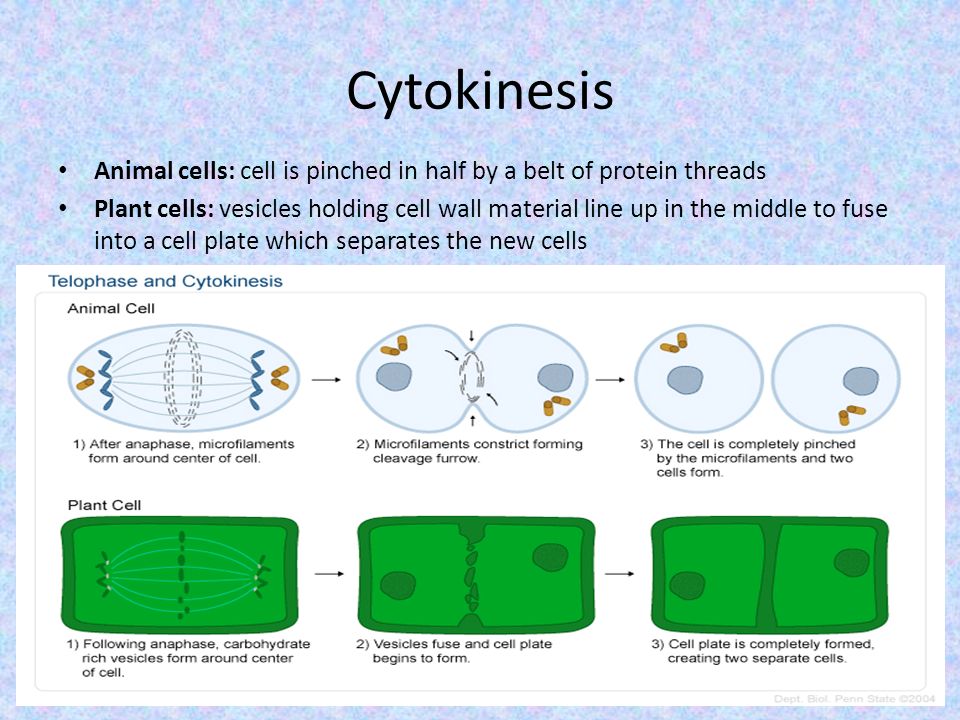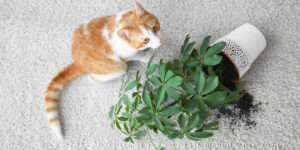
How is Cytokinesis Different in Plants and Animals?
Cytokinesis is a crucial biological process that occurs at the end of cell division, specifically following mitosis or meiosis. It involves the division of the cytoplasm, resulting in two distinct daughter cells. While the fundamental goal of cytokinesis is the same in both plant and animal cells, the mechanisms and structures involved differ significantly due to the presence of a rigid cell wall in plant cells. This article will explore these differences in detail, including the processes involved, the structures formed, and the implications for cellular function.
Overview of Cytokinesis
Cytokinesis is the final step in cell division. It ensures that each daughter cell receives an appropriate amount of cytoplasm and organelles. It follows karyokinesis, which is the division of the nucleus. Understanding how cytokinesis varies between plant and animal cells provides insight into their unique structural and functional adaptations.
Key Differences Between Plant and Animal Cytokinesis
- Mechanism of Division
- In plant cells, cytokinesis occurs through the formation of a cell plate that develops along the center of the cell.
- In animal cells, a cleavage furrow forms as a result of contractile proteins pulling the cell membrane inward.
- Presence of Cell Wall
- Plant cells have a rigid cell wall, which necessitates a different approach to cytokinesis.
- Animal cells lack a cell wall, allowing for a more flexible membrane structure.
- Directionality of Division
- Plant cytokinesis is centrifugal, meaning it starts from the center and moves outward to form two separate daughter cells.
- Animal cytokinesis is centripetal, where the cleavage furrow begins at the periphery and moves inward.
- Cell Plate Formation
- In plants, vesicles from the Golgi apparatus transport materials to form a new cell wall (the cell plate) between the two daughter nuclei.
- In animals, no such structure forms; instead, the membrane pinches off to create two separate cells.
- Contractile Ring
- A contractile ring composed of actin and myosin filaments forms in animal cells to facilitate membrane pinching.
- This mechanism does not occur in plant cells; instead, microtubules guide cell plate formation.
Detailed Process of Cytokinesis
Cytokinesis in Plant Cells
- Formation of Preprophase Band:
- Before mitosis begins, microtubules form a preprophase band that indicates where the future cell plate will develop.
- Cell Plate Development:
- During telophase, vesicles containing cell wall materials accumulate at the center of the dividing cell.
- These vesicles fuse to form a structure known as the phragmoplast, which guides the formation of the cell plate.
- Expansion and Maturation:
- The cell plate expands outward until it fuses with the existing cell membrane, forming two separate daughter cells with their own cell walls.
- Completion:
- The new cell walls are strengthened by cellulose fibers, ensuring structural integrity.
Cytokinesis in Animal Cells
- Formation of Cleavage Furrow:
- As mitosis concludes, a contractile ring composed of actin filaments forms just beneath the plasma membrane at the equator of the cell.
- Pinching Mechanism:
- The contractile ring tightens, pulling the membrane inward to create a cleavage furrow.
- This furrow deepens progressively until it completely divides the cytoplasm into two separate daughter cells.
- Completion:
- Once division is complete, each daughter cell has its own nucleus and cytoplasmic contents enclosed by its own plasma membrane.
Summary Table: Differences Between Plant and Animal Cytokinesis
| Feature | Plant Cells | Animal Cells |
|---|---|---|
| Mechanism | Cell plate formation | Cleavage furrow formation |
| Presence of Cell Wall | Yes | No |
| Directionality | Centrifugal (center to periphery) | Centripetal (periphery to center) |
| Cell Plate Formation | Vesicles fuse to form a new wall | Membrane pinches off |
| Contractile Ring | Absent | Present (actin/myosin filaments) |
Implications for Cellular Function
The differences in cytokinesis between plant and animal cells reflect their unique structural requirements and environmental adaptations:
- Plant Cells: The formation of a new cell wall allows plants to maintain structural integrity as they grow. This rigidity supports tall structures like trees and provides protection against external forces.
- Animal Cells: The flexibility afforded by cleavage furrows allows for more dynamic changes in shape and size during development and tissue repair.
Understanding these differences is essential for fields such as developmental biology, agriculture, and medicine.
FAQ Section
1. What is cytokinesis?
Cytokinesis is the process by which a parent cell divides its cytoplasm into two daughter cells following mitosis or meiosis.
2. Why do plant cells use a cell plate?
Plant cells use a cell plate due to their rigid cell walls, which require new material to be synthesized between dividing nuclei.
3. How does cytokinesis impact plant growth?
Cytokinesis allows for increased cellular numbers, contributing to overall plant growth and development by forming new tissues.
4. Can cytokinesis occur without mitosis?
In some organisms, such as certain fungi or algae, cytokinesis can occur without mitosis, leading to multinucleate cells.
5. What role do microtubules play in cytokinesis?
Microtubules help guide vesicles during plant cytokinesis for cell plate formation and contribute to contractile ring formation in animal cells.
Conclusion
Cytokinesis is an essential process that ensures proper cellular division in both plants and animals. While both types share common goals, their mechanisms differ significantly due to structural variations like cell walls in plants versus flexible membranes in animals. Understanding these differences not only illuminates fundamental biological processes but also informs research across various scientific disciplines.For further reading on cellular processes like cytokinesis, you can refer to Wikipedia.


